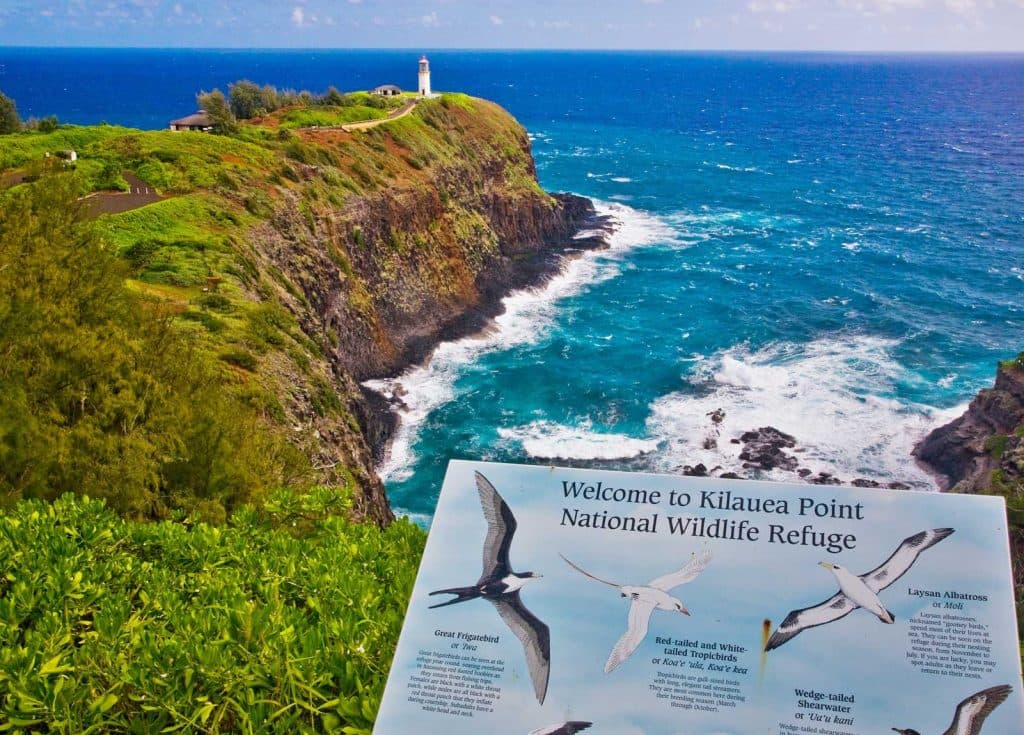Kīlauea Point Refuge Protects Birds, Shapes Kauaʻi Community Health
Kīlauea Point National Wildlife Refuge on Kauaʻi’s north shore is a premier seabird and shorebird conservation site and a key cultural and visitor destination for the island. Its role in protecting nesting habitat, hosting education and community science programs, and managing visitor access affects public health, local infrastructure, and equitable access for residents.

Kīlauea Point National Wildlife Refuge anchors the north shore as one of Hawaiʻi’s most important places for seabird and shorebird conservation while serving as a cultural touchstone and outdoor classroom for Kauaʻi residents and visitors. The refuge protects crucial nesting habitat for species such as the ʻuaʻu, known as the wedge tailed shearwater, species similar to the ʻakekeʻe, and supports nearby habitat for the endangered Nēnē, the Hawaiian goose. Those conservation functions coexist with visitor highlights including the historic Kīlauea Point Lighthouse, seasonal seabird viewing best at dawn and dusk, interpretive exhibits, and guided programs hosted by refuge staff and partners.
The refuge’s activities have direct public health and community implications. Access to natural spaces supports mental and physical wellbeing for local families, elders, and school children who participate in outreach and education programs. Community science projects run through the refuge connect students and volunteers with hands on environmental work that can foster health promoting outdoor activity and environmental literacy. At the same time, concentrated visitation during busy weekends can strain parking, ferry services, and local infrastructure, creating safety challenges and increasing demand on county resources and emergency services.
Wildlife protection and public health intersect at the visitor level through simple yet important guidance. Residents and visitors are asked to use reef safe sunscreen to protect both skin health and marine ecosystems, to follow posted signage and refuge rules to preserve nesting birds, and to avoid bringing dogs into the refuge to prevent disturbance to sensitive nesting areas and potential disease transmission. The refuge’s limited lighthouse hours and seasonal viewing windows help reduce disturbance to breeding birds, but also mean that access can be limited for those without flexible transportation or time off.
The refuge’s educational role highlights equity concerns that affect Kauaʻi families. Ensuring that keiki from all neighborhoods can participate in school programs and community science requires attention to transportation, scheduling, and outreach. Coordination between refuge staff, county agencies, schools, and community groups is essential to expand access for those who may face barriers including lack of reliable transport, caregiving responsibilities, or language differences.
Looking ahead, local policy conversations around visitor management, parking and ferry guidance, and funding for educational programming will shape how the refuge continues to deliver conservation and public health benefits. Supporting the refuge is both an environmental and community health investment. For Kauaʻi residents, the refuge offers a place to learn, reflect, and connect with native wildlife, while posing ongoing questions about how to balance protection of fragile species with equitable access to nature for the whole community.


